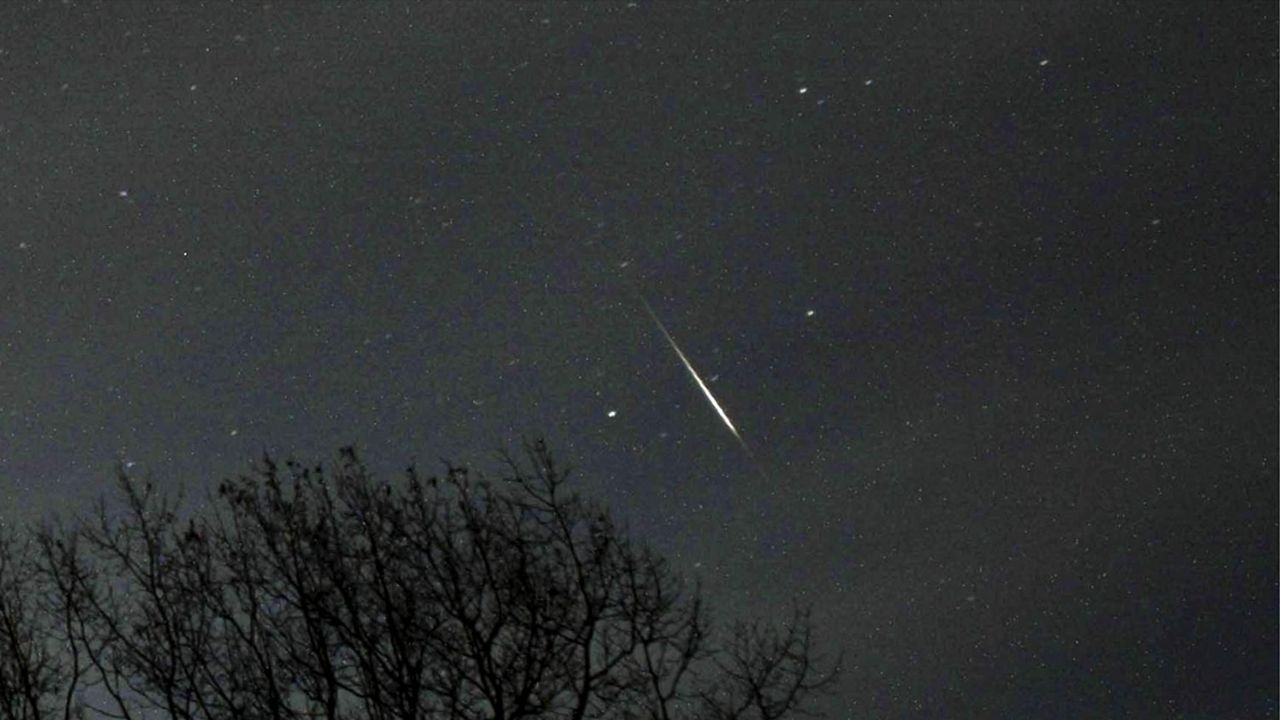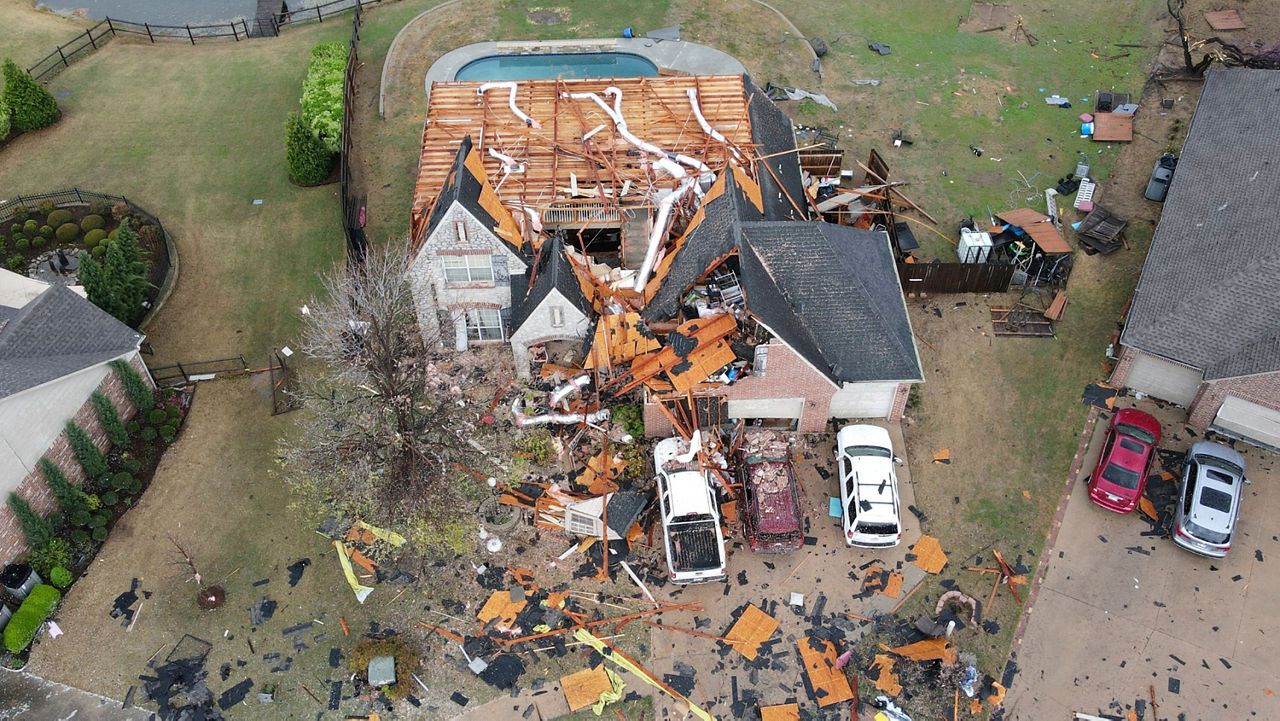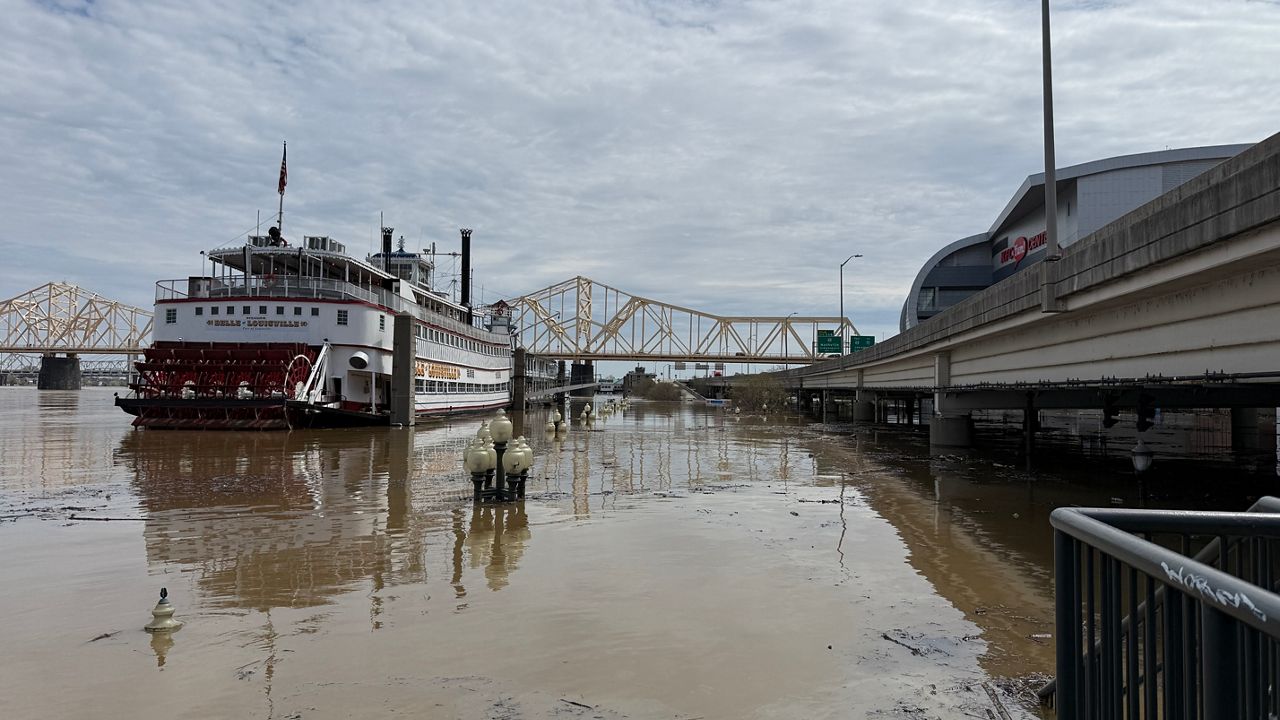In Western New York, it’s always lake effect season. We all know and have heard of lake effect snow, but what many don’t realize is how the Great Lakes control much of our weather year-round – not just during the winter months.
Right now, we are in the midst of lake effect fog season. If you live near Lake Erie or drive along Rte. 5 this time of year, you’ll notice the fog ebb and flow coming in off the lake as winds shift.
This happens when warmer and moist air flows up from the south as we transition out of winter temps. Lake Erie, meanwhile, still has ice coverage or very cold surface water temps. This warm and moist air is cooled as it flows across the lake. As it cools to the dewpoint of the air mass, water condenses and forms fog. Light winds then push this fog inland. This fog is also known as advection fog.
During the summer months of June, July, and August, the city of Buffalo is one of the sunniest cities this side of the Mississippi. That’s because we experience “lake effect sun” – also known as a lake shadow. During the summer months, the surface water temps on Lake Erie usually run in the 60s and 70s. Meanwhile, our high temps inland are in the 70s and 80s, so we have warmer air moving over a cooler lake.
Because of the cooler water, we end up with a relatively cooler air mass at the surface with warmer air aloft. This is a very stable setup as warmer air is less dense than cooler air and why warm air rises. It’s rising motion in the atmosphere that causes active weather and sinking motion that causes quiet weather. With cooler air at the surface, this particular air mass can’t rise and ultimately forms a lake shadow.
Why lake shadow? It's a technical term as it looks like a shadow from our satellites. I prefer “lake effect sun."
This stabilizing influence during the summer months is also reason why the number of severe thunderstorms we see is less than others at similar latitudes.








